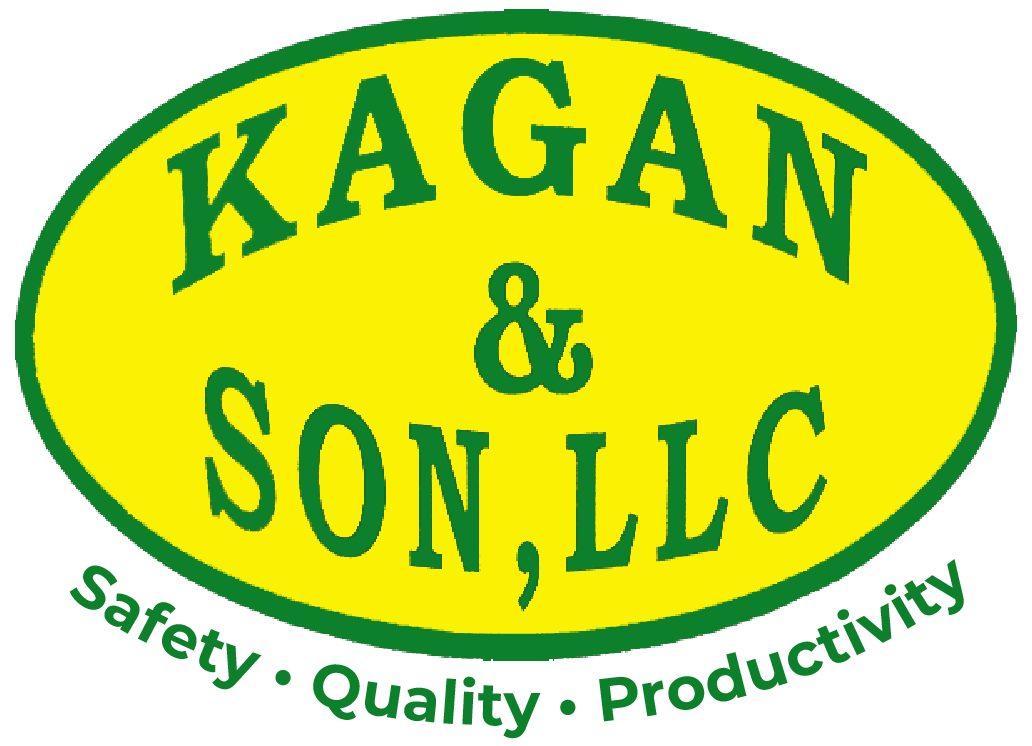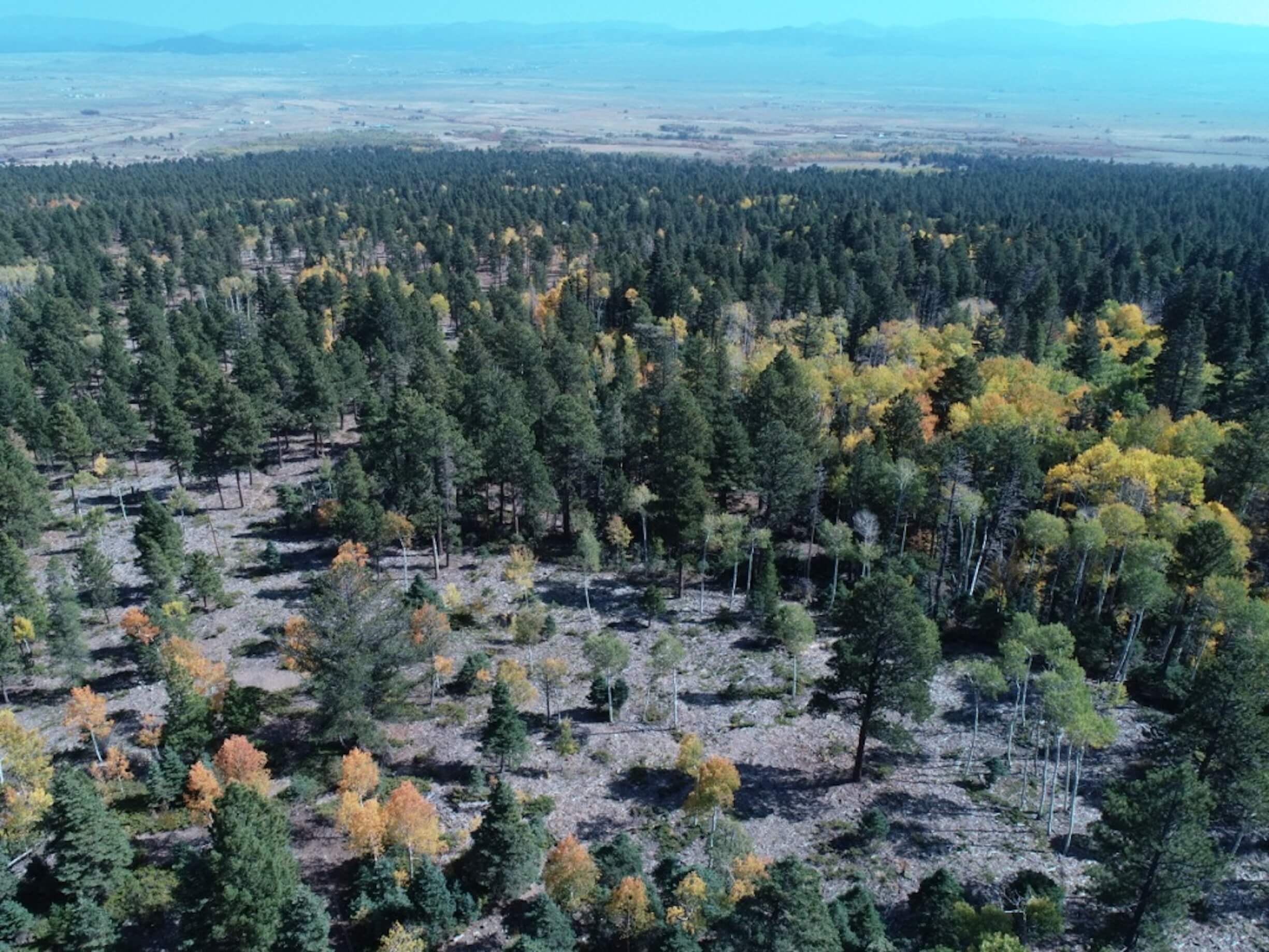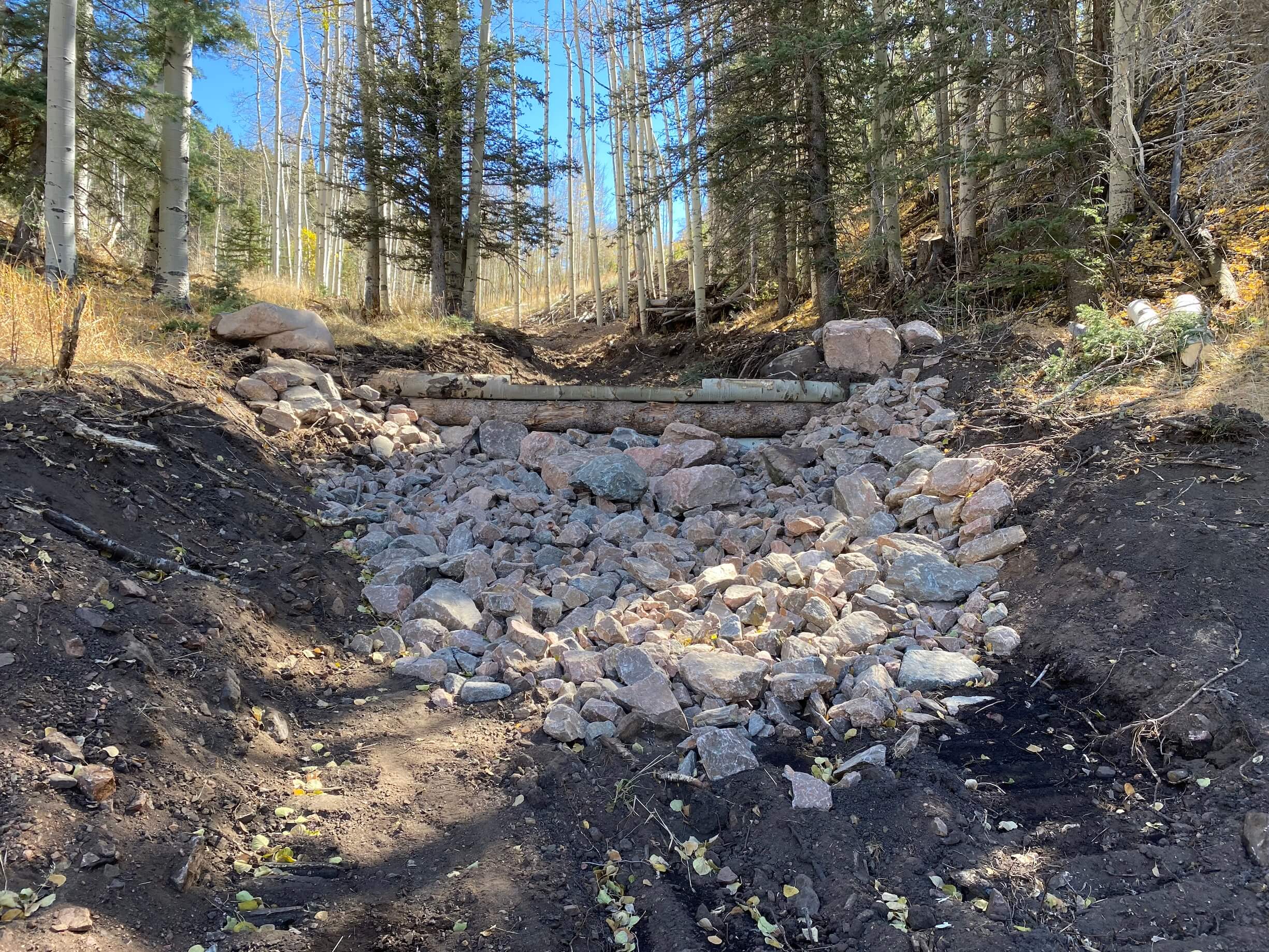Mechanical Forest Management
The Landing (Staging Area)
The typical landing area is about 1 acre. There may be two or more landings, depending on the size of the project. Once the project is complete the landing area is dressed with mulch and should be seeded as soon as practical.

Forest Stand Improvement
Cutting
Cutting involves removal of large trees and undergrowth as well as downed trees. This is done with machines that place the material into bundles that are skidded to the landing for processing.
Skidding
The skidder creates paths or trails as the trees and debris is removed from the forest. These trails can remain as access for recreation and or forest maintenance, or they can be reclaimed. To help stabilize the soil, ground mulch from the landing is spread on the skid trails once skidding is complete.
Mastication
Mastication is a mechanical process to reduce the size and volume of the debris left behind on the forest floor after cutting and skidding. As shown, the finished product ranges in size from dust to chunks of wood up to 3 feet in length. This allows enough light and air to reach the soil to allow new growth. If the grinding is too fine and deep, new growth may not occur and weeds will take over.
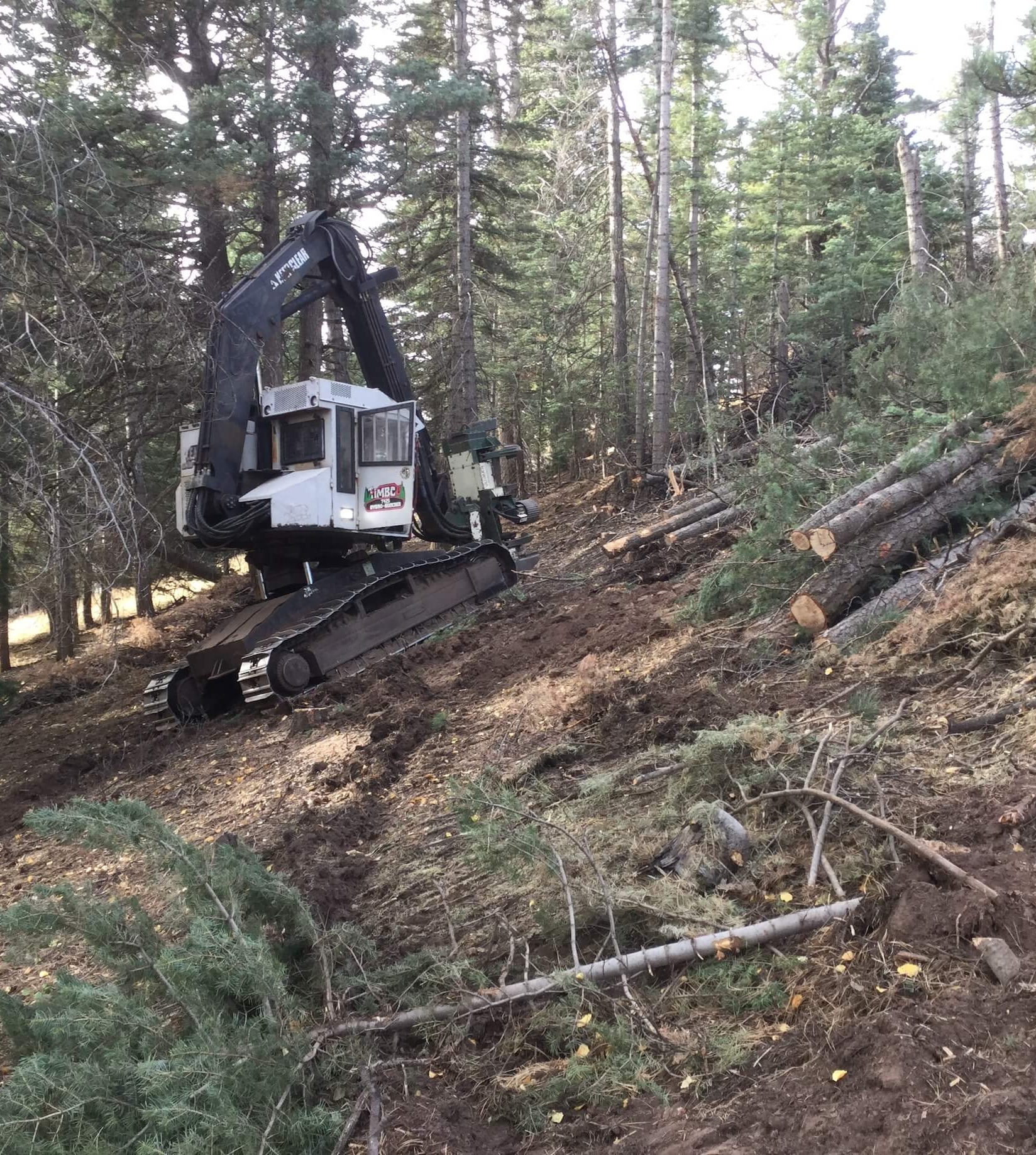
Examples of the forest floor after mastication


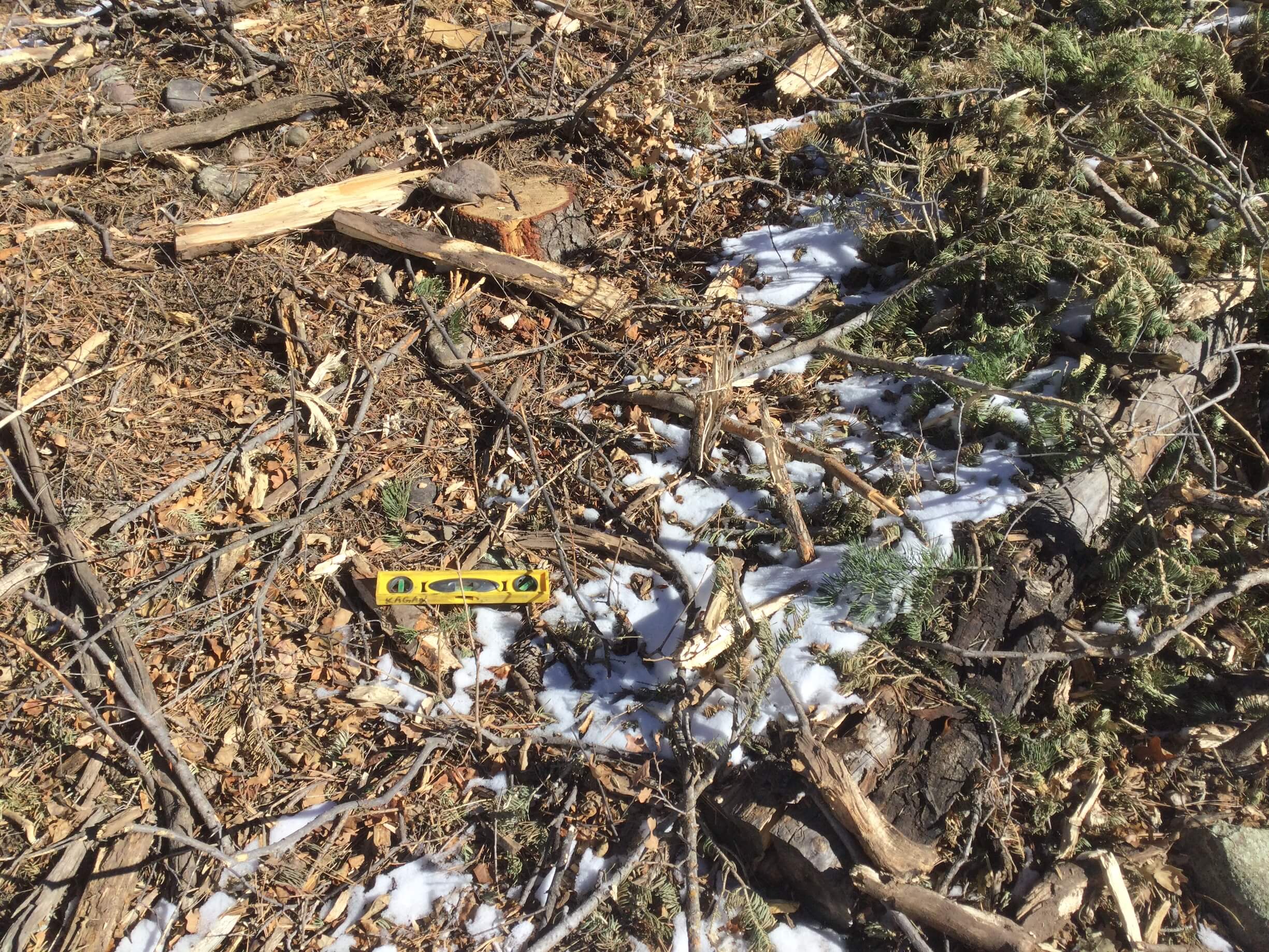
The yellow bar is 12” long
Woody Residue Treatment
Woody residue treatment is the process of grinding the nonusable forest products such as tops, limbs, and rotten debris. This work is done at the landing. Some of the ground products are used in the reclamation process, and some are removed from the site.
Kagan & Son, LLC | Westcliffe | Colorado 81252 | 719-783-9636 | akagan@centurytel.net
